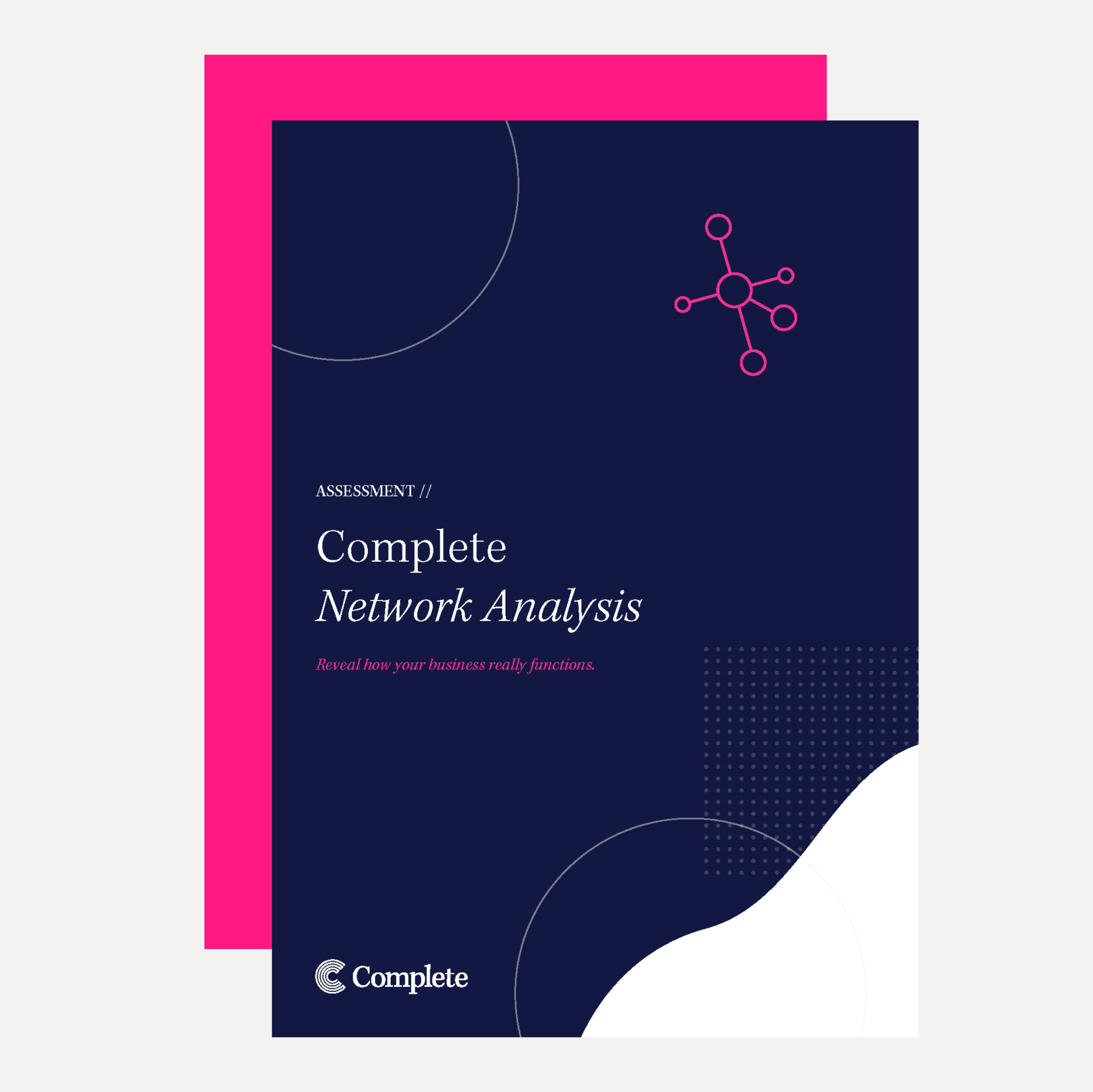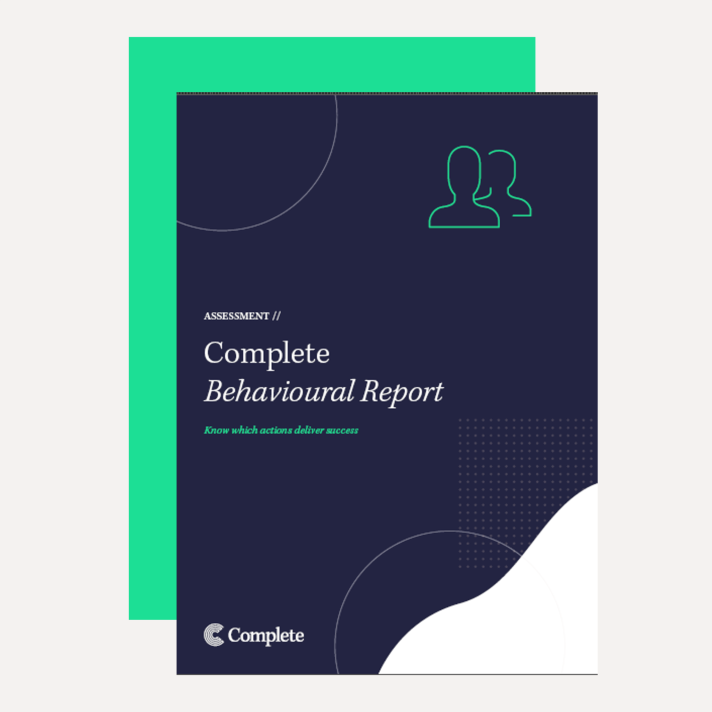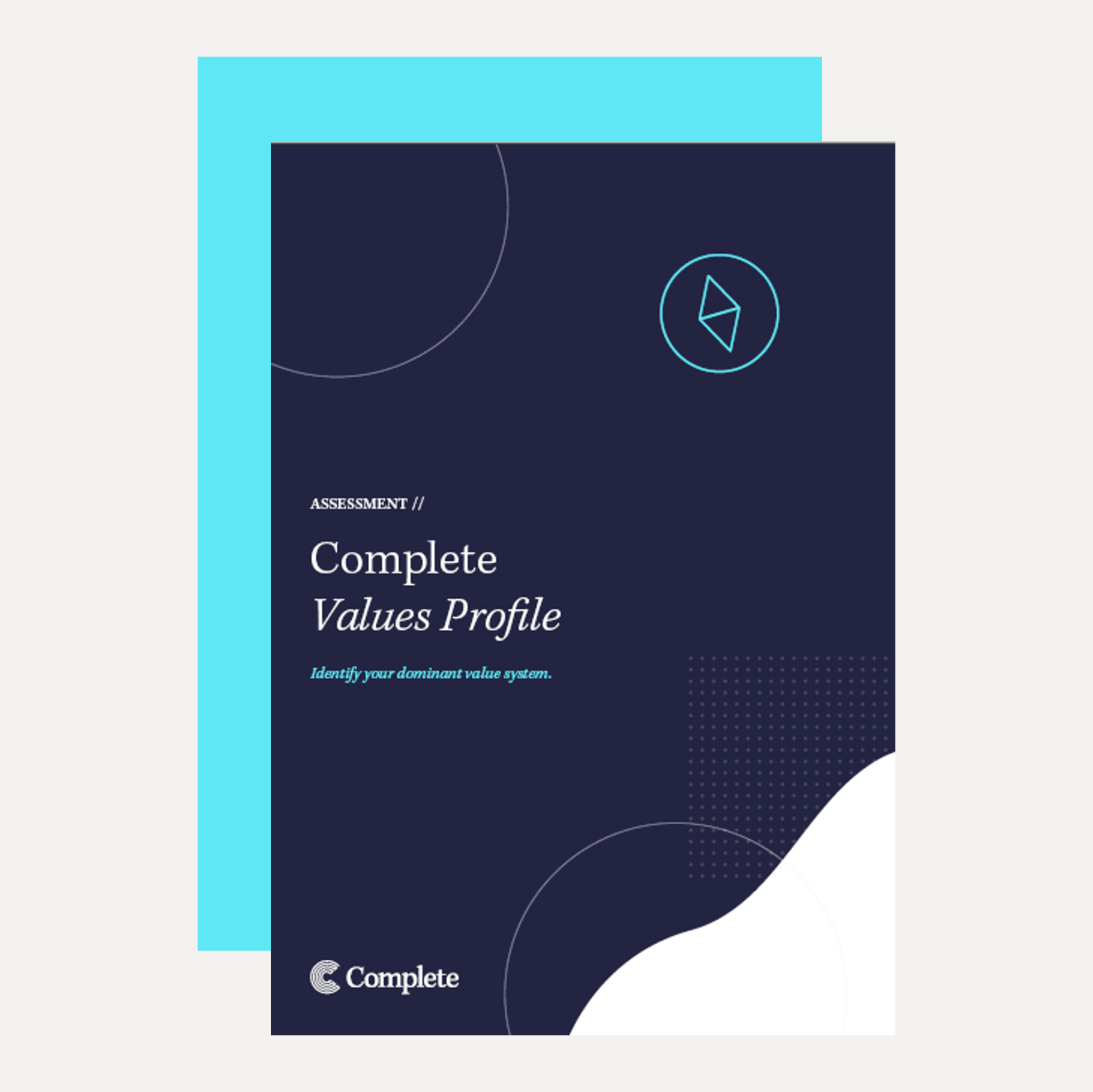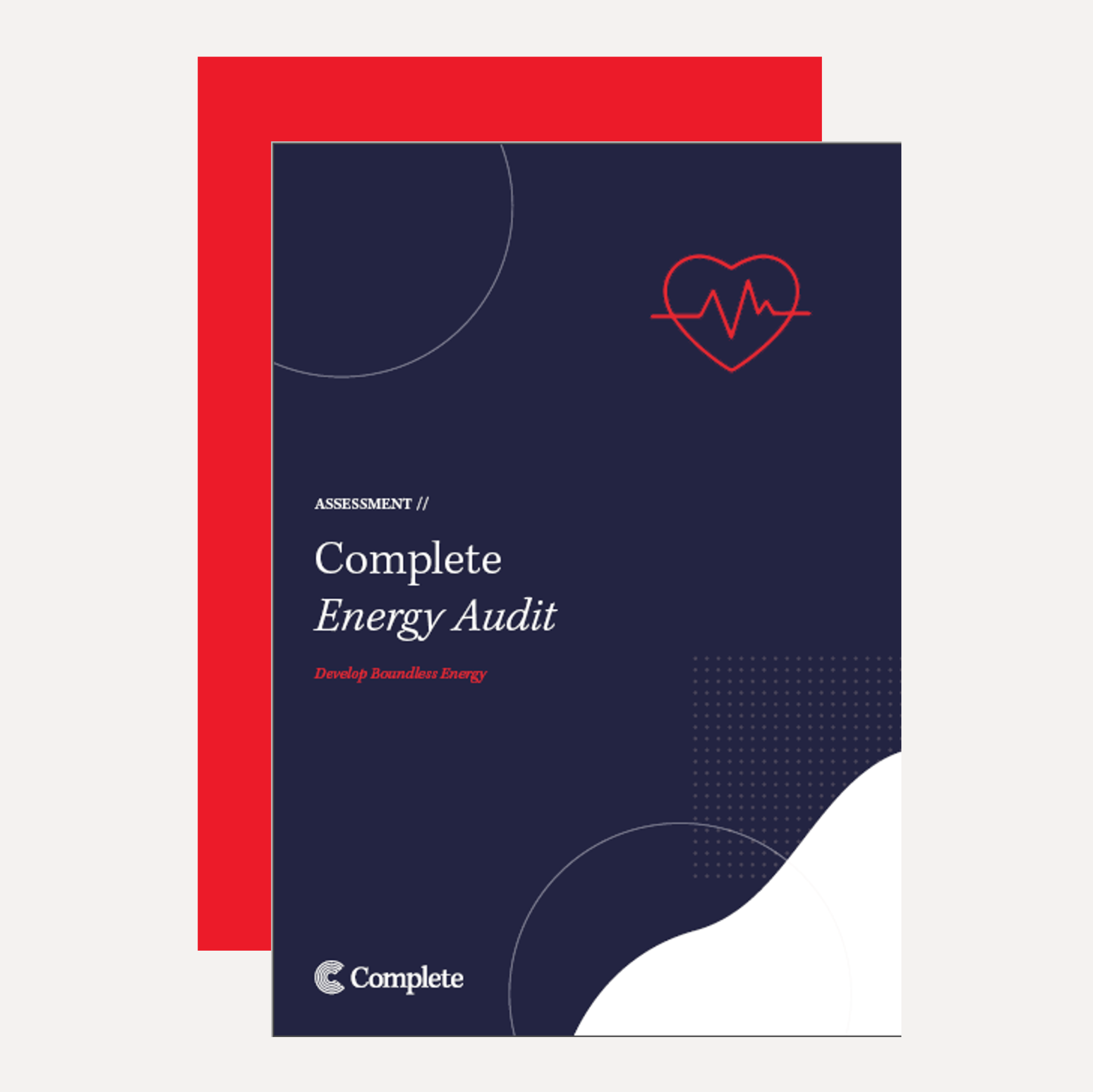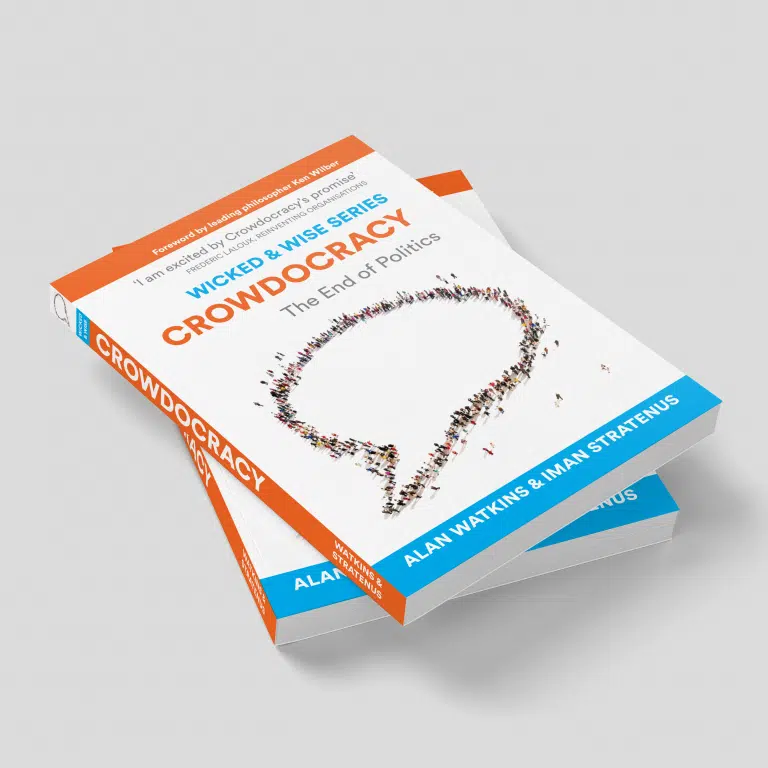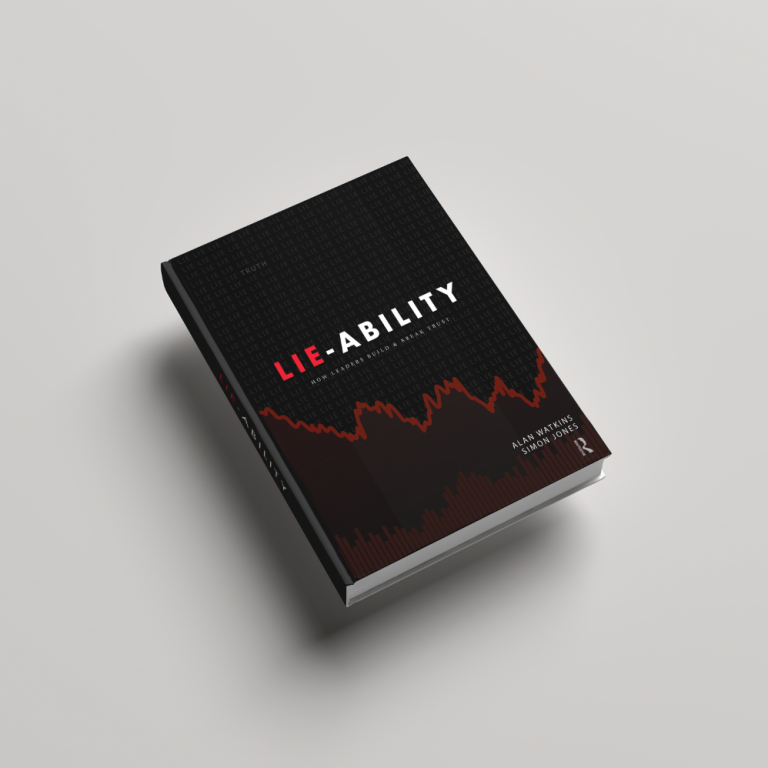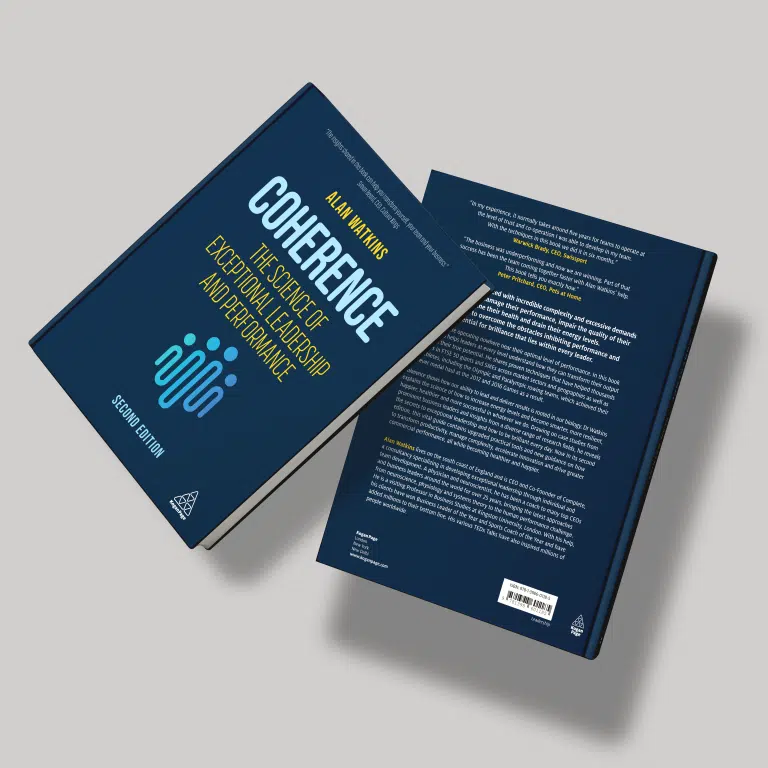We just breathe, don’t we? It’s not like we have to think about it. It just happens. You might notice your breath more when you’re exercising, but aside from that it’s not at the forefront of every waking moment. While I’m not suggesting you need to think about it all the time, I am hoping this blog might persuade you of the value of practising better breathing. Let me explain…
You may not realise it, but our breathing plays a critical part in our performance in all areas of our lives, including at work. Improving our performance doesn’t have to be only about skill development, training courses or experiential development, your breathing could help you think more clearly, feel happier and even live longer.
What difference could better breathing make to you?
Breathing affects how you think. That’s because breathing affects the heart function and signals from the heart travel to the brain and that affects the brain function.
A rhythmic and smooth breathing pattern creates a coherent HRV (heart rate variability) signal to the brain, giving us full access to the frontal lobe of our brain. A chaotic HRV signal, caused by inconsistent and erratic breathing, interferes with frontal lobe processing, and effectively gives us a DIY lobotomy.
Every second of every day, the quality of our breathing – how rhythmic and smooth it is – dictates where we are on that spectrum from coherent HRV signal to chaotic HRV and how much of our brain function we can access.
You can make a huge different to your performance in all areas of your life if you learn to BREATHE. BREATHE is an acronym we use when we teach people how to use their breathing to control their HRV and their performance.
BREATHE stands for:
Breathe
Rythmically
Evenly
And
Through the
Heart
Everyday
When our breathing is chaotic, we use up much more energy. Coherent breathing is like motorway driving – we travel further using less fuel, and there is less wear and tear on our system, so we not only feel younger, we conserve energy.
Learning to B.R.E.A.T.H.E
The conscious control of our breath is not a new concept; many disciplines such as public speaking, playing a musical instrument, sport, yoga, martial arts and meditation all teach people the importance of correct breathing. Although there are several aspects of our breathing that we can learn to control when it comes to facilitating coherence, only three really matter:
- Rhythmicity – which means a fixed ratio of in-breath to out-breath
- Smoothness – a fixed flow rate per second on both in- and out-breath
- Location of attention – where we focus when we are breathing
The most important of these three aspects of breathing is rhythm. We can make our breathing rhythmic by creating a fixed ratio between the in-breath and the out-breath. For example, you could breathe in for a count of four seconds and breathe out for a count of six seconds. All that matters is that whatever ratio you choose you maintain that ratio consistently – three in three out, or four in six out, or five in five out.
Start by practising alone with your eyes closed and work up the hierarchy of practice by practising when other people are there, or when you’re undertaking a task, until eventually you can use the technique successfully even in open conflict.
If you control your breathing, you control your physiology. Events, situations and other people won’t be able to scramble your thinking and make you reactive. It’s a transformative power. Convinced?
Download our free app (App Store or Google Play), which includes guidance on breathing.













